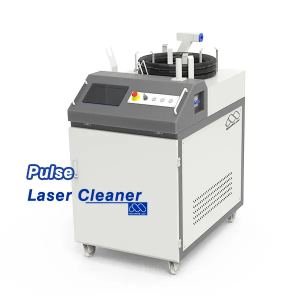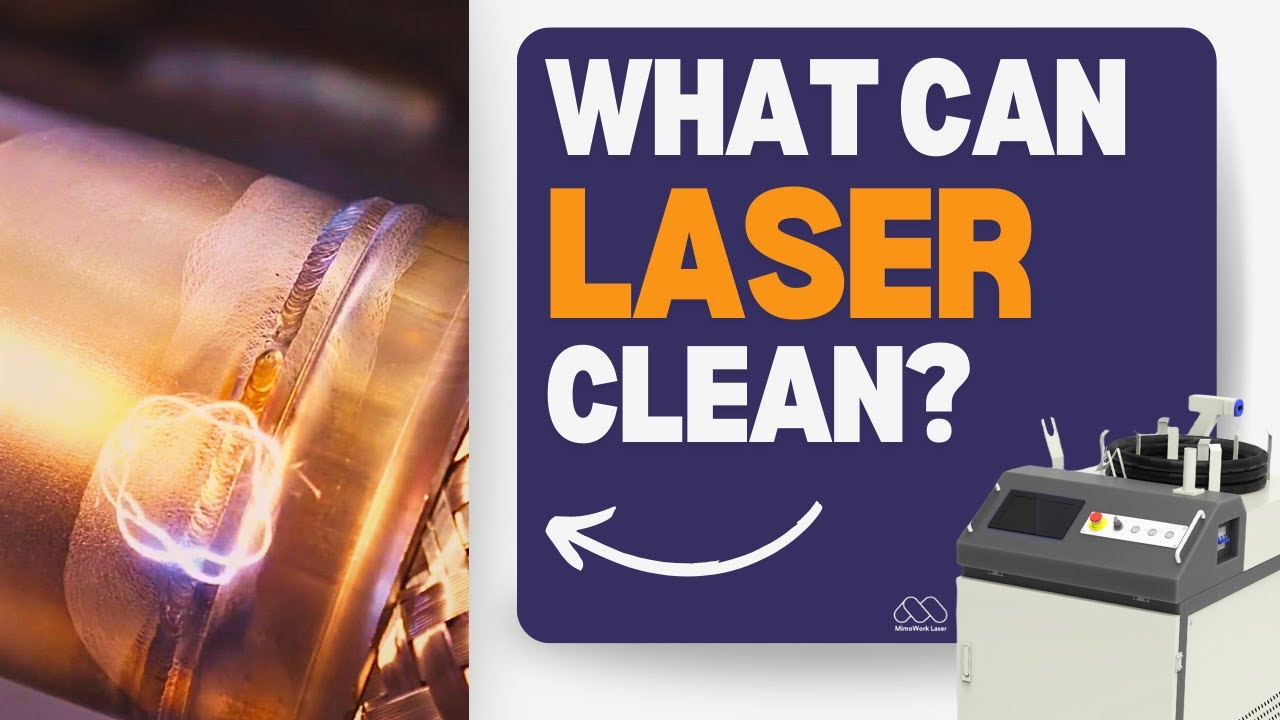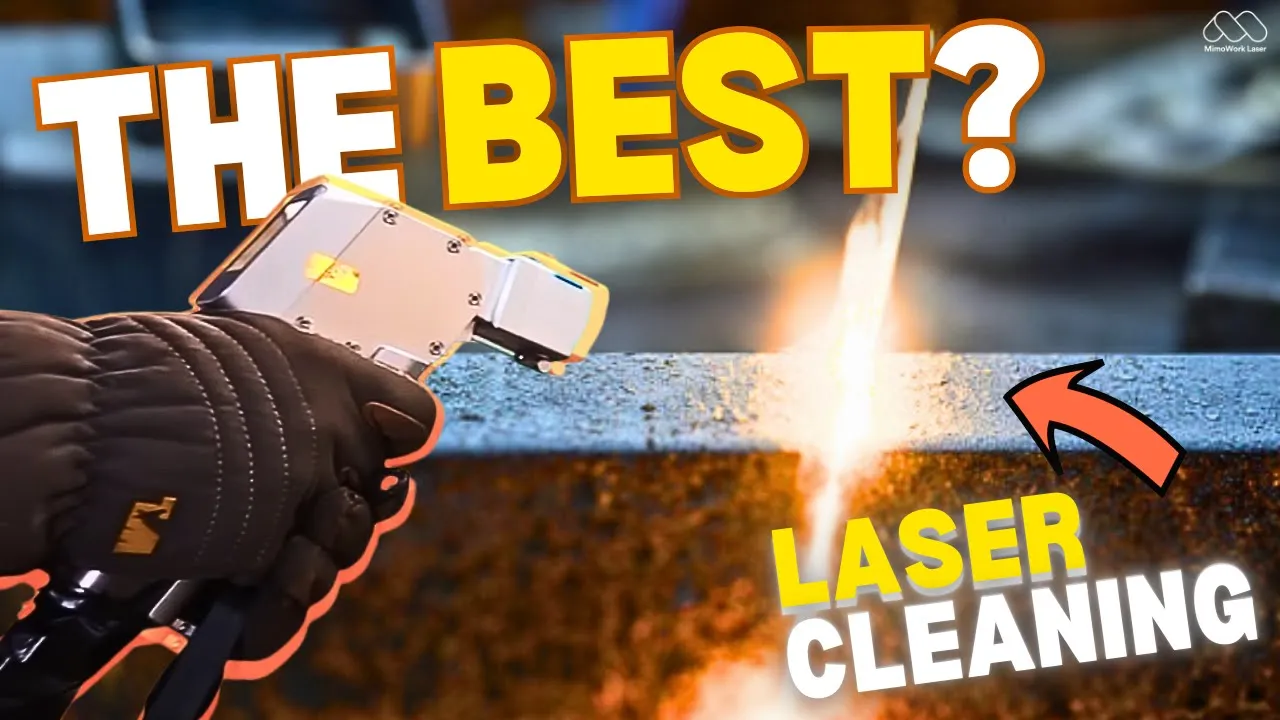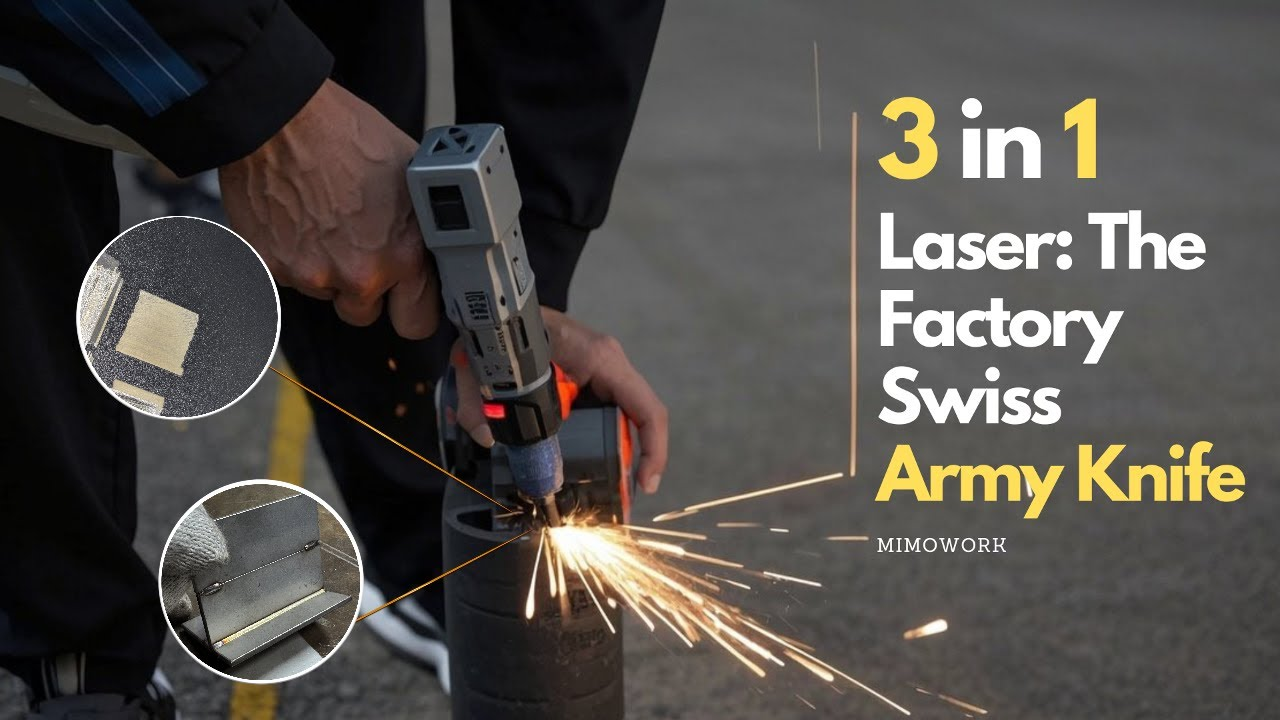Why Pulse Laser Cleaning Machines Are
Superior for Wood Restoration
Reason
Pulse laser cleaning machines for wood excel in restoration: they gently remove dirt, grime or old coatings with controlled energy bursts, sparing wood surfaces—precise and safe for delicate work.
Table of Content:
What is A Pulse Laser for Cleaning Wood?
A pulse laser for cleaning wood is a device that uses short, concentrated bursts of laser energy to remove contaminants from wood surfaces—such as dirt, grime, old paint, or mold. Unlike abrasive methods, it targets only the unwanted layers, leaving the wood itself undamaged, making it ideal for delicate wood restoration and preservation.
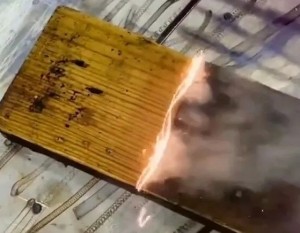
Laser Wood Stripper
Modern Technology Has Advanced
And Now Laser Cleaning Machine Prices Are Surprisingly Affordable!
Pulse Laser Cleaning Technology for Wood Restoration
►Pulsed Energy Delivery
Short, high-intensity laser bursts (nanoseconds) target contaminants (paint, grime) without damaging wood, focusing energy only on unwanted layers.
►Selective Absorption
Calibrated wavelengths are absorbed by contaminants (varnish, mold) but not wood, vaporizing dirt while preserving wood’s structure, texture, and color.
►Non-Contact Design
No physical contact eliminates scratches or pressure damage—critical for delicate/aged wood. No abrasives or chemicals mean no residue.
►Adjustable Settings
Tunable power/pulse settings adapt to wood type: low for fragile woods (veneers, pine), higher for stubborn deposits, avoiding overheating.
►Minimal Heat Transfer
Short pulses limit heat buildup, preventing warping, charring, or moisture loss—protecting structural integrity of beams or antiques.
►Precision Targeting
Narrow, focused beams clean tight spaces (carvings, crevices) without harming delicate details, preserving original craftsmanship.
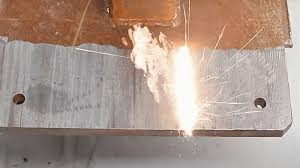
Laser Wood Cleaning
Key Benefits of Pulse Laser Cleaning for Wood Restoration
►Precision Cleaning Without Surface Damage
Pulse laser technology selectively removes contaminants like dirt, stains, and old finishes while preserving the wood's natural integrity. Unlike abrasive methods, it eliminates the risk of scratches or surface wear - making it ideal for delicate antique furniture and high-value wood pieces.
►100% Chemical-Free & Environmentally Safe
This innovative process requires no harsh solvents, toxic chemicals, or water blasting. The dry laser method creates zero hazardous waste, offering a sustainable cleaning solution that's safer for both craftsmen and the planet.
►Adjustable Settings for Customized Results
With tunable laser parameters, professionals can precisely control cleaning depth - perfect for removing stubborn paint layers from intricate carvings or gently reviving historical wood surfaces without altering the original material.
►Significant Time Savings & Labor Reduction
Laser cleaning completes in minutes what traditional methods take hours to achieve. The non-contact process minimizes prep work and post-cleaning cleanup, dramatically improving project turnaround times for both small workshops and large-scale operations.
Applications of Laser Cleaning in Woodworking
►Restoring Antique Wood to Its Former Glory
Laser cleaning breathes new life into aged wood surfaces by:
o Safely removing decades of grime and oxidized finishes
o Preserving delicate wood grains and original patinas
o Working magic on intricate carvings without damage
(The preferred method for museums and antique dealers worldwide)
►Perfect Surface Preparation for Flawless Finishes
Achieve unbeatable results before staining or varnishing:
o Eliminates all traces of old paint and finishes
o Prepares surfaces better than sanding (without dust!)
o Creates the ideal base for stains to penetrate evenly
Pro tip: The secret behind high-end furniture finishes
►Industrial Wood Processing Made Smarter
Modern facilities use laser cleaning to:
o Keep production molds and dies in top condition
o Maintain equipment without costly downtime
o Extend tool life by removing stubborn residues
(Proven to reduce maintenance costs by 30-50%)
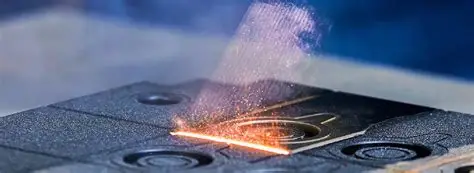
Laser Cleaning Machine for Wood
Not Sure Which Laser Cleaning Machine to Pick?
We’ll Help You Choose the Right One for Your Specific Uses
Methods for Effective Pulse Laser Wood Cleaning
Start Low & Slow
Always begin with the lowest power setting and test on a small, hidden area first. Gradually increase intensity until you find the "sweet spot" that removes grime but doesn't damage wood. Pro tip: Move the laser in slow, even passes like using a paintbrush
Adjust for Different Wood Types
Softwoods (pine, cedar) need lower power - they mark more easily. Hardwoods (oak, walnut) can handle higher settings for tough stains. Always check your manual for recommended settings
Keep It Moving
Never linger in one spot - keep the laser wand moving steadily. Maintain consistent 2-4 inch distance from the surface. Work in small sections for even cleaning
Critical Considerations for Pulse Laser Wood Cleaning
Wood Type & Surface Sensitivity
• Softwoods (pine, cedar): Require lower power settings to prevent scorching
• Hardwoods (oak, walnut): Can tolerate higher intensities but test for resin reactions
• Painted/varnished surfaces: Risk of altering original finishes - always verify compatibility
Tip: Keep a wood sample chart with ideal laser settings for your common materials
Safety Protocols
Essential precautions:
✔ Certified laser goggles (specific to your machine's wavelength)
✔ Fire extinguisher on hand - wood is combustible
✔ Fume extraction for smoke/particulate management
✔ Clearly marked "Laser Operation" work zone
Result Quality Control
Monitor for:
• Over-cleaning: Whitish discoloration indicates cellulose damage
• Under-cleaning: Residual contamination affects refinishing
• Inconsistencies: Caused by uneven hand speed or power fluctuations
Pro solution: Use guide rails for large surfaces and document settings for repeat jobs
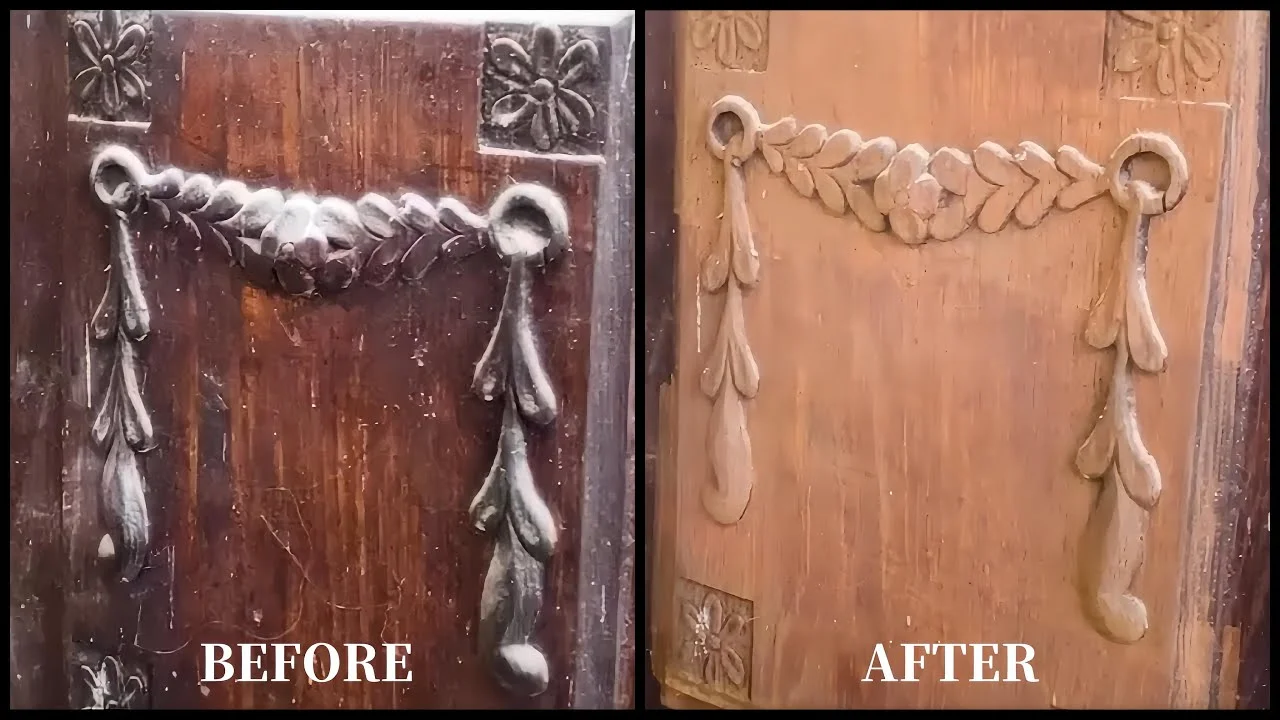
Wood Laser Cleaning Paint Removal Comparison
Buying a Pulsed Laser Cleaner? Not Before Watching This
Pulsed Fiber Laser Cleaner with A Higher Cleaning Quality
The pulse laser cleaning machine offers 100W, 200W, 300W and 500W power options. Its pulsed fiber laser ensures high precision, no heat-affected area and excellent cleaning even at low power. Noncontinuous output with high peak power makes it energy-efficient, ideal for fine parts. The stable, reliable fiber laser source with adjustable pulses handles rust, paint, coatings, oxides and contaminants flexibly. The handheld gun allows free adjustment of cleaning positions and angles. Check specifications to choose the right one.
|
Max Laser Power |
100W |
200W |
300W |
500W |
|
Laser Beam Quality |
<1.6m2 |
<1.8m2 |
<10m2 |
<10m2 |
|
(repetition range) Pulse Frequency |
20-400 kHz |
20-2000 kHz |
20-50 kHz |
20-50 kHz |
|
Pulse Length Modulation |
10ns, 20ns, 30ns, 60ns, 100ns, 200ns, 250ns, 350ns |
10ns, 30ns, 60ns, 240ns |
130-140ns |
130-140ns |
|
Single Shot Energy |
1mJ |
1mJ |
12.5mJ |
12.5mJ |
|
Fiber Length |
3m |
3m/5m |
5m/10m |
5m/10m |
|
Cooling Method |
Air Cooling |
Air Cooling |
Water Cooling |
Water Cooling |
|
Power Supply |
220V 50Hz/60Hz |
|||
|
Laser Generator |
Pulsed Fiber Laser |
|||
|
Wavelength |
1064nm |
|||
Related Applications You Might be Interested:
FAQs :
Yes, but adjust settings. Softwoods (pine) need low power to avoid scorching. Hardwoods (oak) tolerate higher intensities but test for resin reactions first. Always check compatibility, especially for painted/varnished surfaces.
Start with lowest power, test on hidden areas. Move the laser steadily, don’t linger. Keep 2 - 4 inches distance. Adjust for wood type—lower for softwoods, higher cautiously for hardwoods. This prevents overheating, scorching, or surface harm.
Yes, they’re perfect. The focused, pulsed beams clean tight spaces (carvings/crevices) without damage. They remove grime while preserving delicate details, making them a top choice for restoring antique wood artworks.
Every Purchase Deserves Thoughtful Planning
We Provide Detailed Info and Personalized Consultation!
Post time: Aug-07-2025


